Apple interested in bringing Siri to the Mac via iPhone pairing
Last updated
The concept was revealed in a Siri-centric patent application made public this week and discovered by AppleInsider, entitled "Voice Control System." It describes the current Siri system found on the iPhone 4S, but adds the new element of pairing with a second electronic device to grant it voice control.
The filing notes that speech recognition software typically requires extensive hardware and software to operate properly. As a result, it's advantageous to have the bulk of the processing done via a remote server, just how Siri currently operates with the iPhone 4S.
But Apple's latest patent application also describes "a remote device communicatively coupled to the electronic device" that runs Siri. By pairing the iPhone 4S to a second device, like a Mac running OS X, users could extend Siri functionality to that device. Listed as potential devices to be included in the pairing are laptop and desktop computers.
Siri capabilities could even come to devices less functional than a Mac, as the application notes that only one of the electronic devices included in the pairing needs a microphone, processor and storage device. The paired device could be tethered through a wired connection and could gain voice control functionality in that manner as well.
The application also describes ways that Siri could potentially be improved in the future when utilizing two different devices. In one example, a user teaches Siri a new voice command by speaking the word "Play" as they press the "play" button on the paired second electronic device.
In another example, Siri could be configured to distinguish one person from another by the sound of their voice. This would allow the system to "train" itself to better recognize a user's voice, or could even be used to provide custom controls for each individual user.
Siri is currently only available on the iPhone 4S, but Apple's latest patent application describes a way that the company could bring the same functionality to other devices while still keeping the voice processing exclusive to the smartphone. This is advantageous because the iPhone has a persistent wireless data connection to connect to Apple's servers for the speech recognition functionality to work.
Apple's new iPad has a more limited form of voice recognition with a dictation feature, but it too requires a data connection to operate. That means users of a Wi-Fi-only iPad who are on the go without a connection cannot use the dictation feature to translate speech to text.
The "Voice Control System" patent application published this week by the U.S. Patent and Trademark Office was originally filed by Apple in September of 2010. It is credited to Fletcher Rothkopf, Stephen Brian Lynch, Adam Mittleman, and Phil Hobson.
 Neil Hughes
Neil Hughes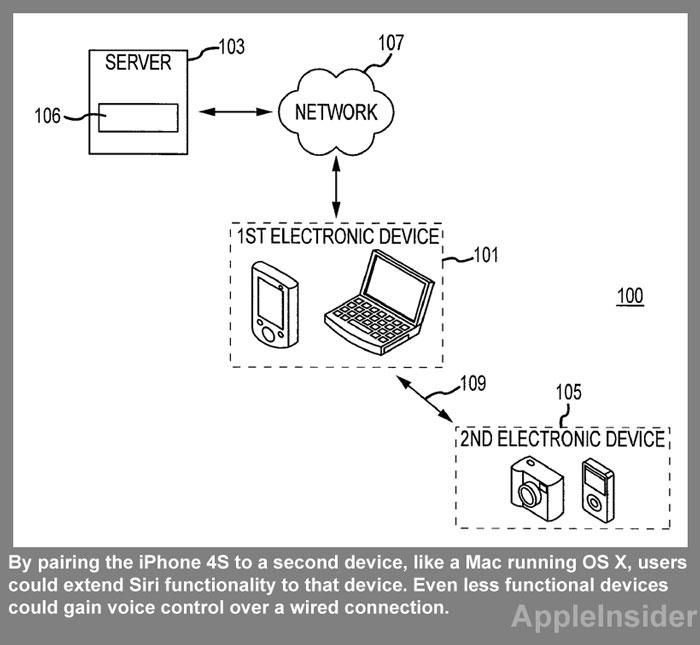
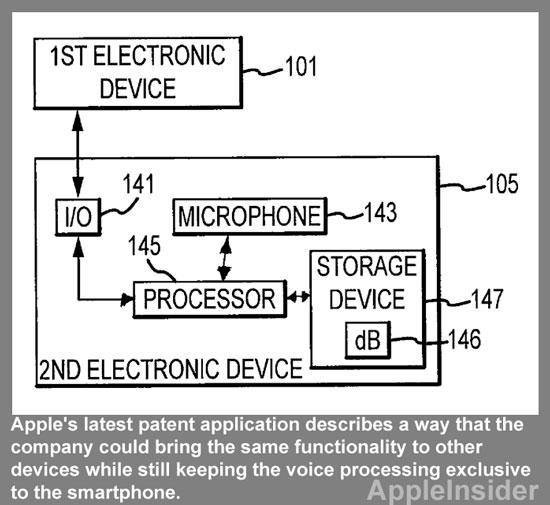
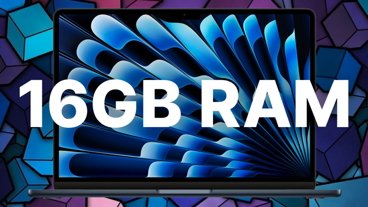
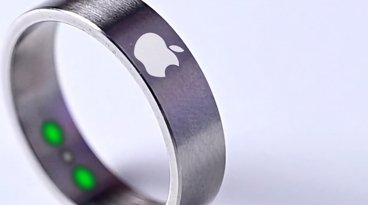
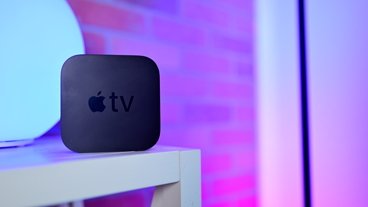

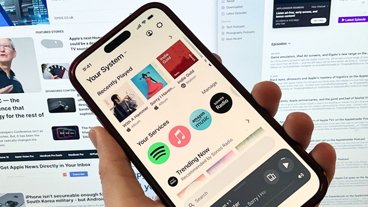
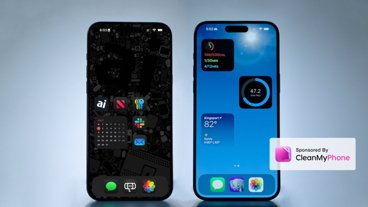

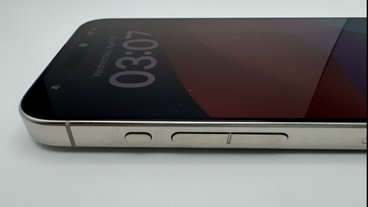
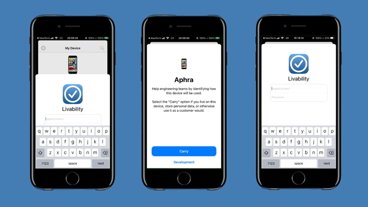
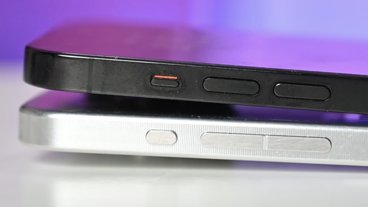
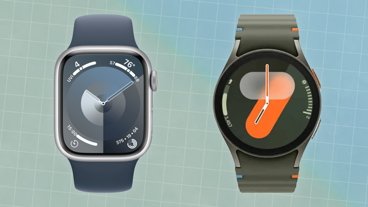
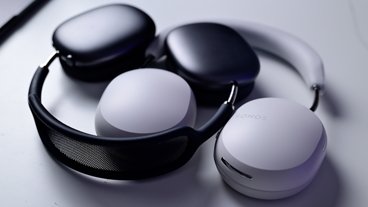
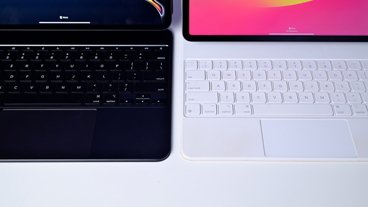

 Amber Neely
Amber Neely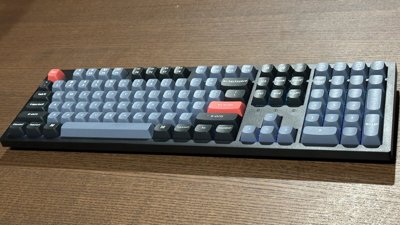
 Thomas Sibilly
Thomas Sibilly
 AppleInsider Staff
AppleInsider Staff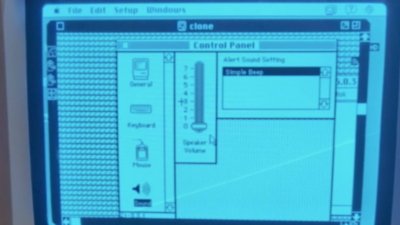
 William Gallagher
William Gallagher
 Malcolm Owen
Malcolm Owen
 Christine McKee
Christine McKee
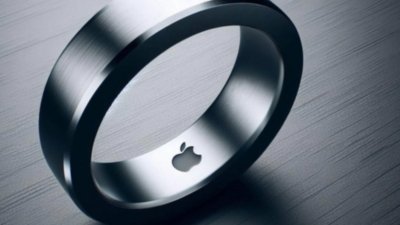
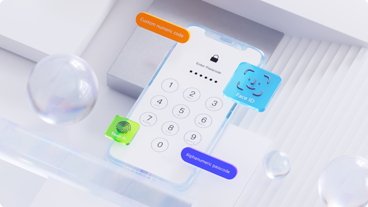
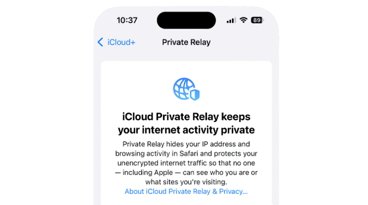

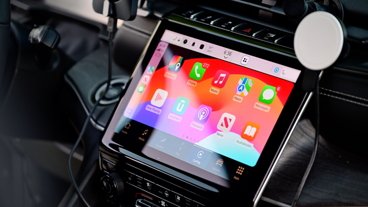
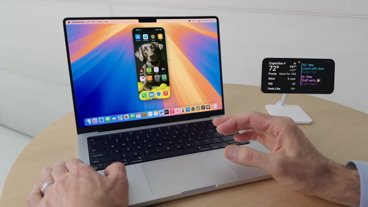

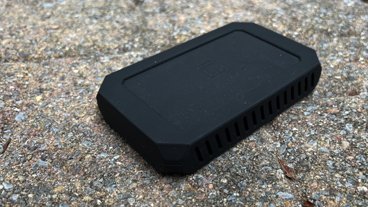
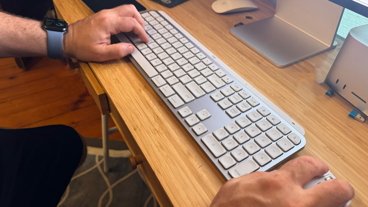

24 Comments
My desktop Macs also have a persistent connection to the Internet, thanks to ethernet and Comcast.
I wonder if the real issue here is Apple's licensing agreement with Nuance.
My desktop Macs also have a persistent connection to the Internet, thanks to ethernet and Comcast.
I wonder if the real issue here is Apple's licensing agreement with Nuance.
This article proffers no explanation as to why an iPhone would be required to bring SIRI functionality to a Mac (other than requiring Mac users to buy a new iPhone - which may be the actual reason I guess).
My personal feeling is this would be much more likely to apply to an Apple television rather than a Mac. Don't Macs already have a microphone, why would you need the iPhone?
My personal feeling is this would be much more likely to apply to an Apple television rather than a Mac. Don't Macs already have a microphone, why would you need the iPhone?
Absolutely agree. The Mac connection feels totally wrong. Like a RIM move.
My personal feeling is this would be much more likely to apply to an Apple television rather than a Mac. Don't Macs already have a microphone, why would you need the iPhone?
It has been said by Apple that the noise cancellation system built into the iPhone is crucial and that is not there on other devices. Perhaps the iPhone would be used as a mic to control the Mac the way Scotty tried with the mouse and the Mac Plus in the Star Trek movie
www.youtube.com/watch?v=v9kTVZiJ3Uc